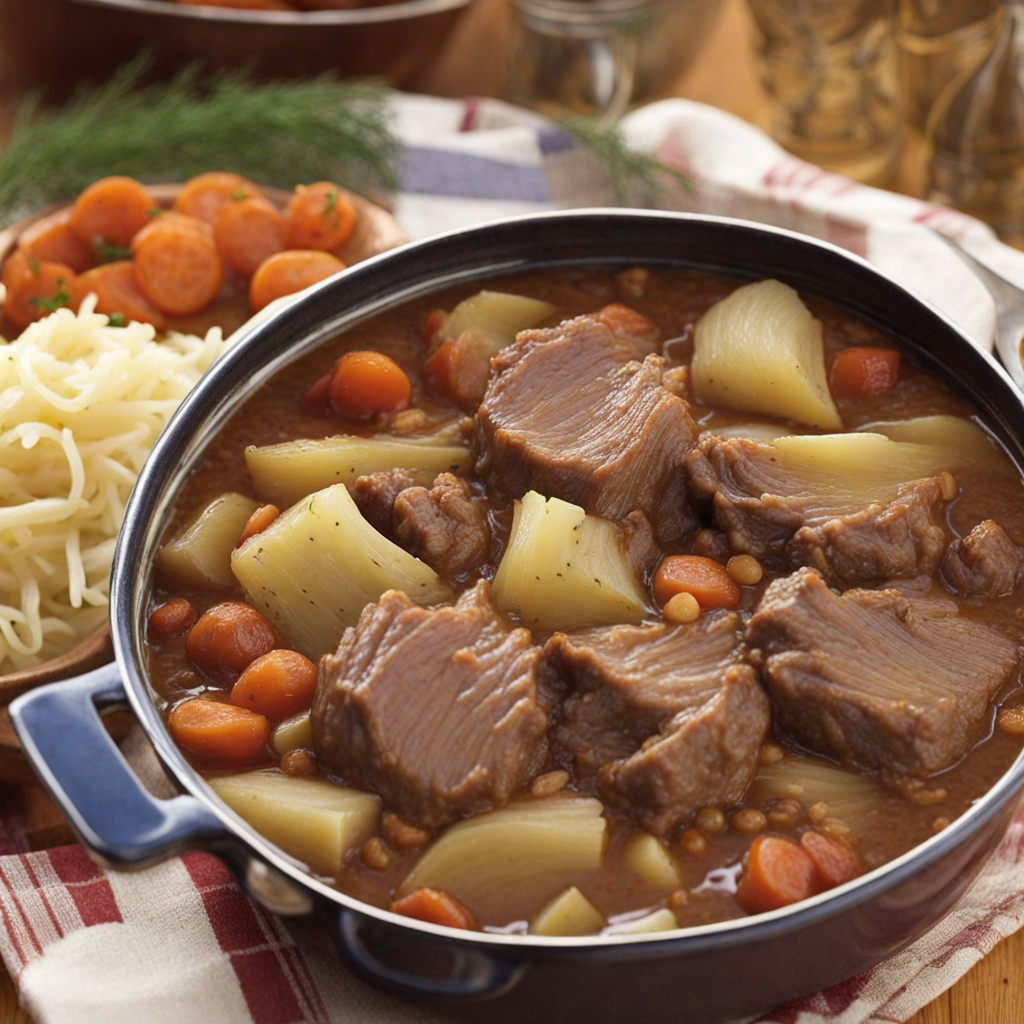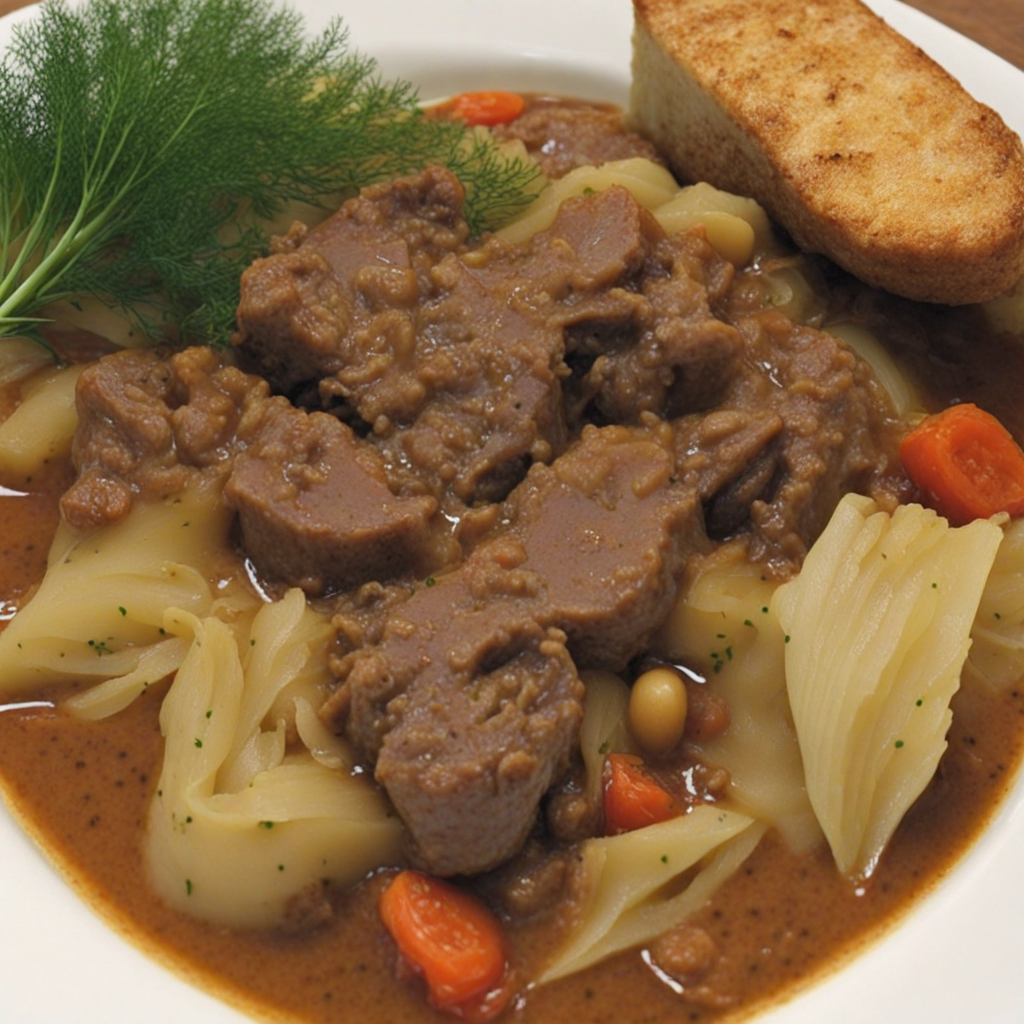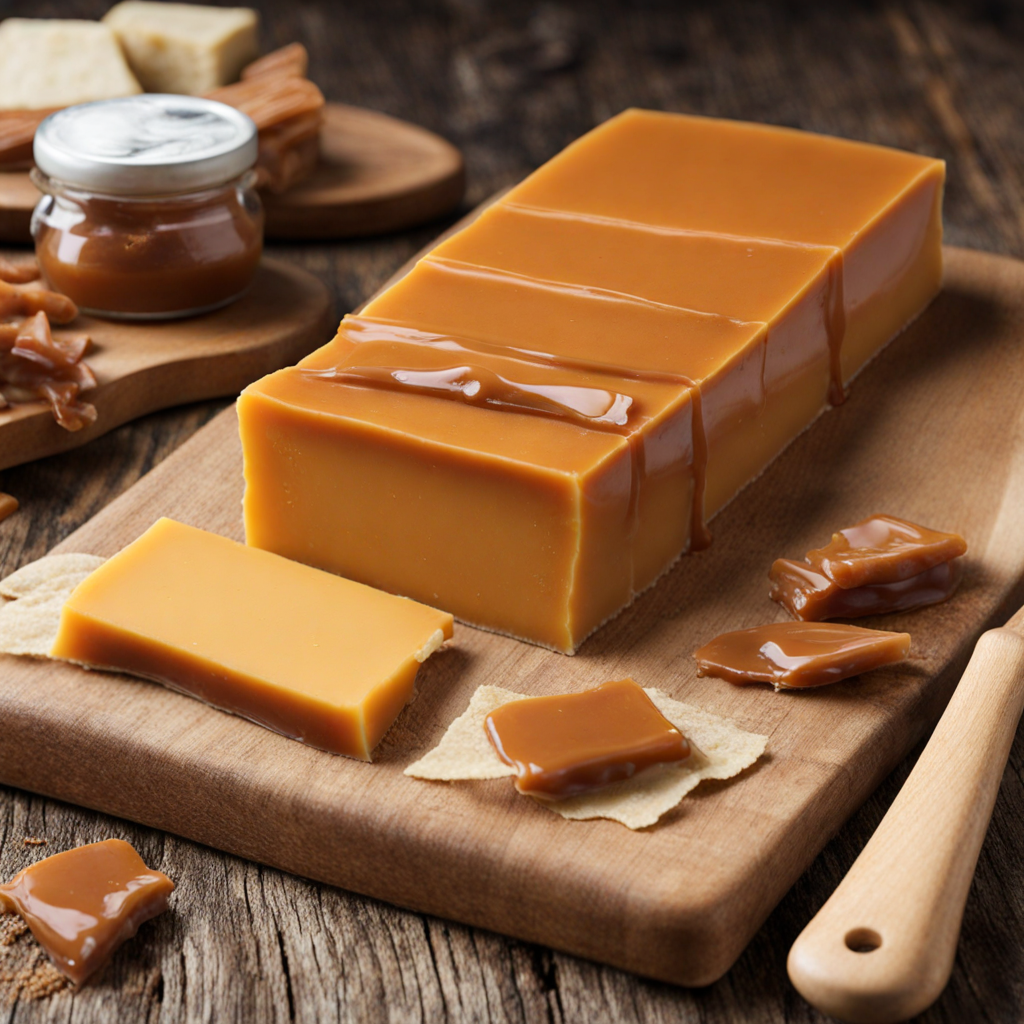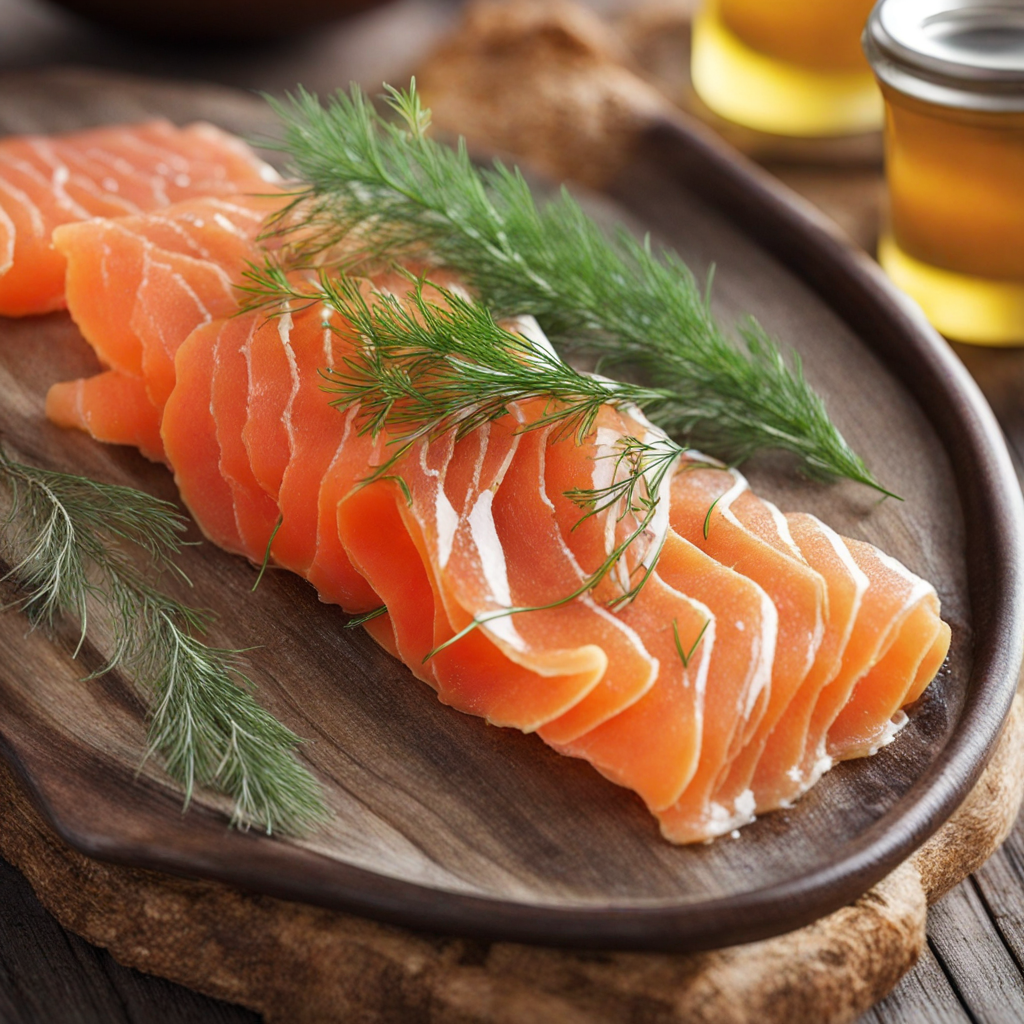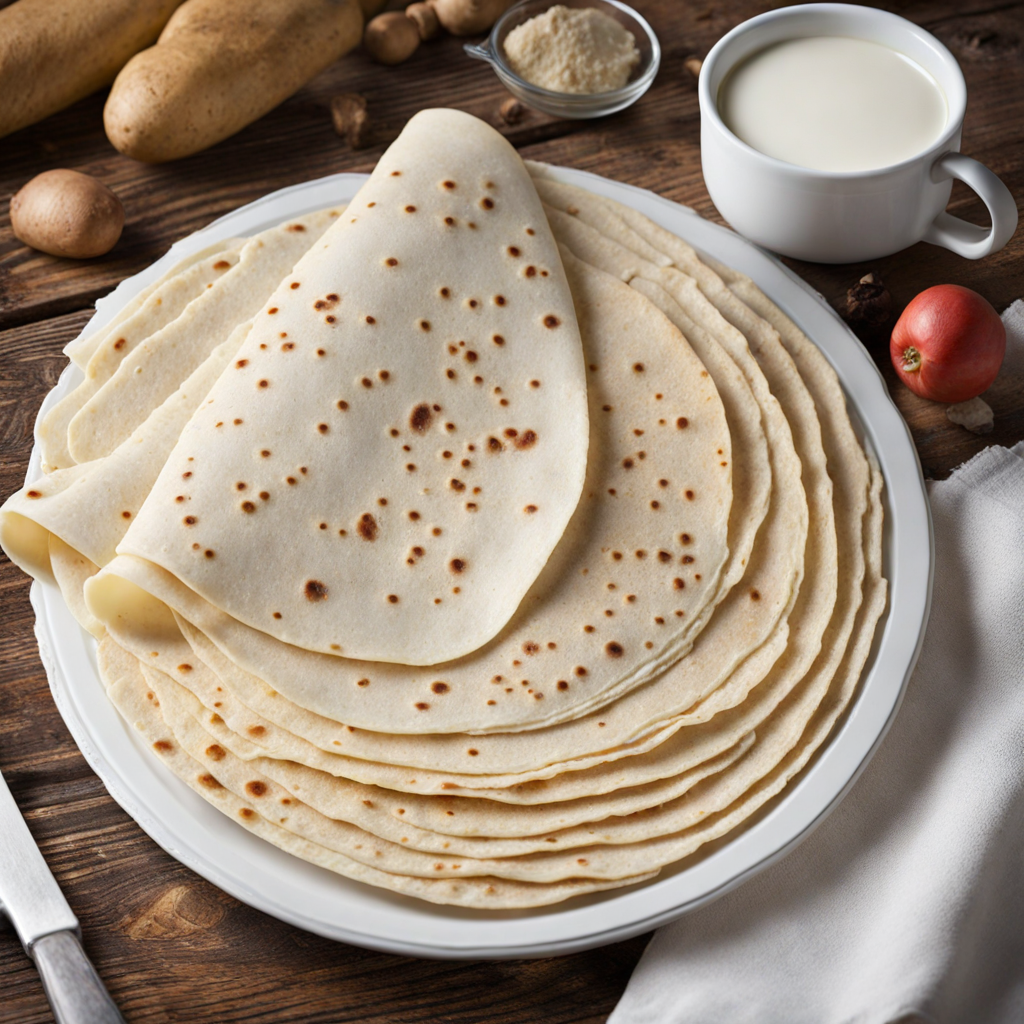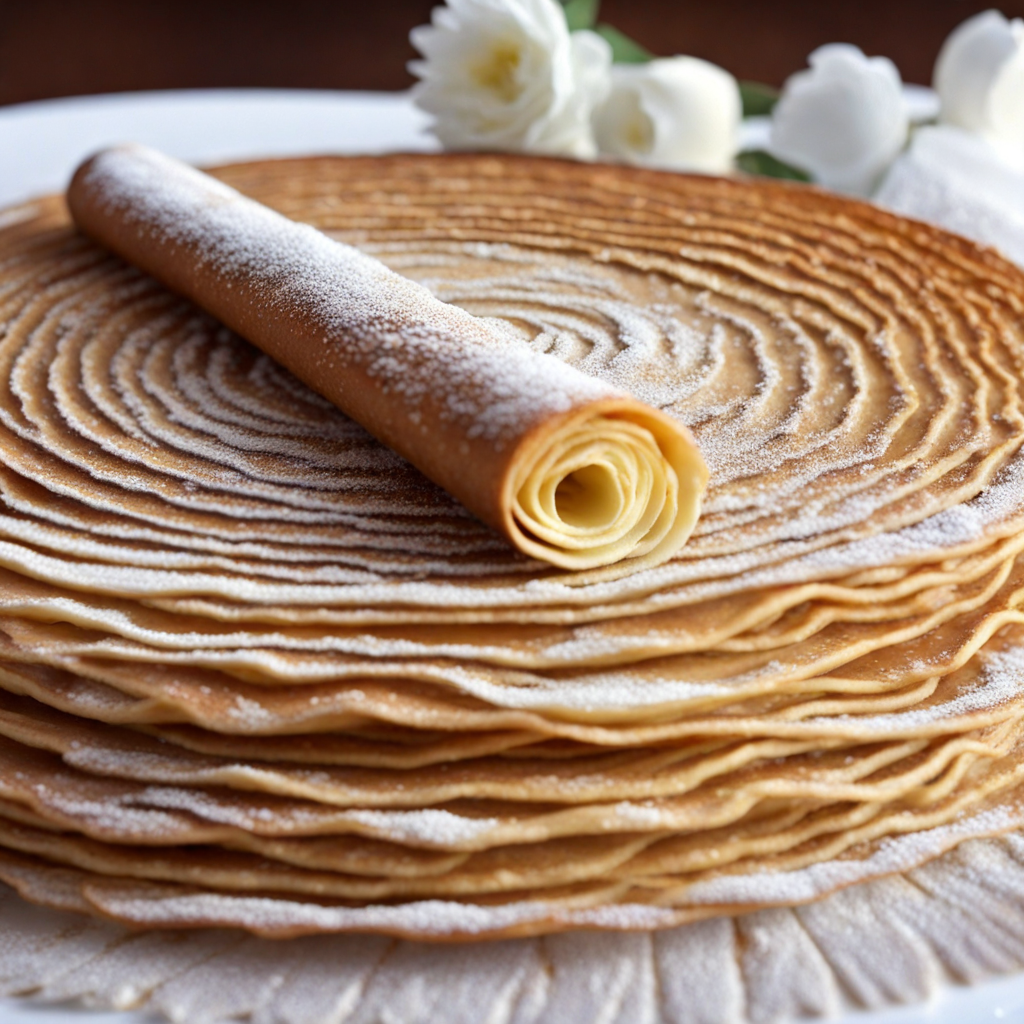Fårikål
Fårikål is a traditional Norwegian dish that embodies the essence of simple yet hearty comfort food. This delightful meal primarily consists of tender lamb and cabbage, which are layered together in a pot and slowly simmered to perfection. The dish is typically seasoned with whole black peppercorns and a sprinkle of salt, allowing the natural flavors of the ingredients to shine through. The slow cooking process helps to meld the rich, savory taste of the lamb with the slightly sweet and earthy notes of the cabbage, creating a harmonious blend that is both satisfying and wholesome. What makes Fårikål particularly unique is its rustic presentation and the way it highlights the ingredients without the need for elaborate spices or sauces. As the dish cooks, the lamb releases its juices, which mingle with the cabbage, forming a rich broth that is incredibly comforting, especially during the colder months. Served with boiled potatoes on the side, Fårikål becomes a complete meal that is perfect for family gatherings and festive occasions. For those who are keen on exploring new culinary experiences, Fårikål offers a taste of Norway’s cultural heritage and a connection to its pastoral roots. The dish is celebrated for its simplicity and is often enjoyed during the autumn months, especially on the first Sunday in September, which is designated as National Fårikål Day. Each bite of this dish transports you to the rugged landscapes of Norway, making it not just a meal, but a cozy embrace of tradition and nature.
How It Became This Dish
The History of Fårikål: Norway’s Beloved Mutton and Cabbage Stew #### Introduction Fårikål is more than just a dish; it is a cultural emblem of Norway, a culinary tradition that has stood the test of time. This hearty stew, made primarily from mutton and cabbage, embodies the spirit of Norwegian cuisine—simple, rustic, and deeply rooted in the country’s history and landscape. As we delve into the origins, cultural significance, and evolution of fårikål, we uncover a narrative that reflects Norway's agricultural practices, societal shifts, and a profound connection to the land. #### Origins of Fårikål The origins of fårikål can be traced back to the 18th century, although its roots likely extend further into Norway’s past. The dish is traditionally made with just two main ingredients: mutton, typically from older sheep, and cabbage. This simplicity reflects the historical reliance on locally available ingredients and the necessity of utilizing every part of the animal in times gone by. Mutton was favored in Norwegian cuisine due to the harsh climate, which made sheep farming a practical choice. The rugged terrain of Norway, with its steep hills and expansive pastures, provided an ideal environment for sheep to graze. Cabbage, on the other hand, was a staple in the Norwegian diet, particularly in the winter months when fresh vegetables were scarce. The combination of these two ingredients not only made practical sense but also provided a filling and nutritious meal for families. The earliest known references to fårikål appear in cookbooks from the late 19th century, but it is believed that the dish would have been prepared in various forms long before it was documented. As with many traditional dishes, the lack of written records means that the history of fårikål is interwoven with oral tradition, passed down through generations of Norwegian families. #### Cultural Significance Fårikål holds a special place in Norwegian culture, often referred to as the country's national dish. It is celebrated every year during “Fårikålens Festdag” (Fårikål Day), which takes place on the last Thursday in September. This event highlights the dish's importance as a symbol of Norwegian identity and heritage. On this day, families and friends gather to enjoy the stew, often accompanied by boiled potatoes, flatbread, and a good dose of humor and camaraderie. The dish exemplifies the concept of “kos,” a Norwegian term that encompasses comfort, coziness, and warmth. In a country where cold winters are the norm, fårikål serves as a source of comfort and sustenance, bringing people together around the dinner table. It also reflects the Norwegian ethos of simplicity and resourcefulness; by using humble ingredients, it showcases the ability to create something deeply satisfying and flavorful. #### Development Over Time As Norway entered the 20th century, the preparation and consumption of fårikål began to evolve. While the basic recipe remained unchanged, new cooking techniques and modern conveniences influenced how the dish was made. The introduction of electric stoves and pressure cookers allowed for quicker preparation times, making it easier to enjoy this traditional meal in a fast-paced world. During the 1950s and 1960s, Norway experienced significant changes, including urbanization and a shift towards more modern lifestyles. As people moved to cities and adopted new dietary patterns, traditional dishes like fårikål faced competition from international cuisines. However, rather than disappearing, fårikål adapted. It found a new audience among urban dwellers who were eager to reconnect with their roots and embrace traditional Norwegian cooking. In the late 20th century, a renewed interest in local and sustainable food practices sparked a revival of traditional dishes. Fårikål, with its emphasis on local ingredients and time-honored cooking methods, benefited from this trend. Cookbooks focusing on Norwegian cuisine began to celebrate fårikål, and cooking classes introduced younger generations to this beloved dish. The rise of the farm-to-table movement also played a role in the modern appreciation of fårikål. Many chefs have embraced traditional recipes while incorporating contemporary twists, experimenting with different cuts of meat, organic cabbage, and even alternative cooking methods. This evolution has allowed the dish to thrive in both home kitchens and restaurants, appealing to a wide range of palates. #### Contemporary Fårikål Today, fårikål continues to be a staple of Norwegian cuisine, enjoyed by families and served in restaurants across the country. While the classic recipe remains popular, variations have emerged that reflect regional differences and personal preferences. Some cooks choose to add spices such as whole black peppercorns or caraway seeds, while others may incorporate root vegetables to enhance the dish's flavor and texture. In addition to its culinary significance, fårikål has become a symbol of cultural pride for Norwegians, both at home and abroad. Expatriates often prepare the dish as a way to connect with their heritage, sharing it with friends and family to pass on the tradition. Furthermore, as global interest in Nordic cuisine has grown, fårikål has garnered attention beyond Norway’s borders, introduced to international menus and food festivals. #### Conclusion Fårikål is more than just a dish; it is a testament to Norway's agricultural heritage, cultural identity, and resilience. From its humble origins as a peasant meal to its status as a national treasure, fårikål reflects the changing landscape of Norwegian society while remaining deeply rooted in tradition. As it continues to evolve and adapt to modern tastes, this beloved mutton and cabbage stew stands as a delicious reminder of the connections we share through food—a connection to our past, our culture, and each other.
You may like
Discover local flavors from Norway


